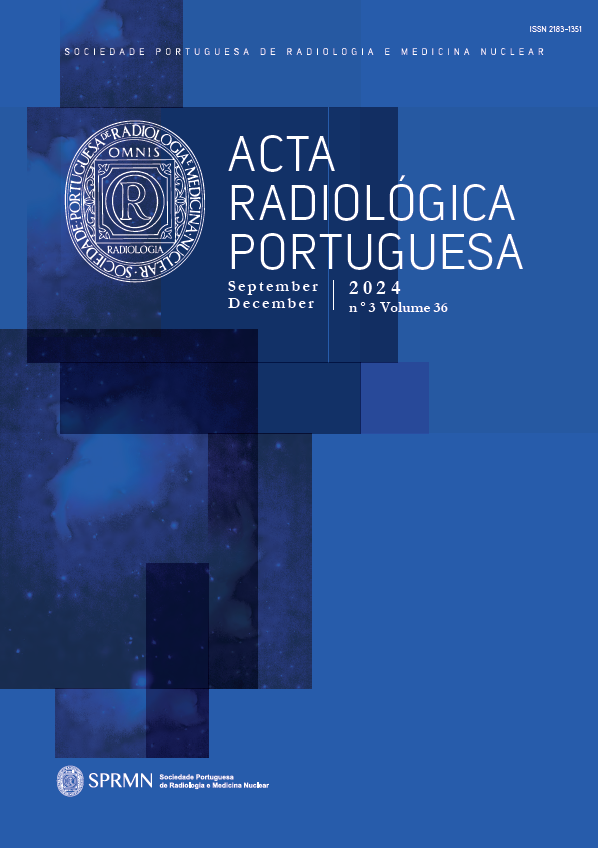Ruptured Gastroepiploic Artery Aneurysm: A Rare Case Successfully Treated with an Endovascular Approach
DOI:
https://doi.org/10.25748/arp.34801Abstract
Introduction: Visceral artery aneurysms can cause life-threatening bleedings. Aneurysms of the left gastroepiploic artery are very rare, and their clinical presentation is not specific.
Case Presentation: We present a 72-year-old man with progressively worsening abdominal pain and a drop in haemoglobin level from 15.3 g/dL to 10.7 g/dL. A contrast-enhanced computed tomography scan revealed an omental haematoma. Subsequent arteriography confirmed a ruptured left gastric epiploic artery and successful embolization was performed.
Discussion: Although rare, the rupture of a visceral aneurysm can lead to emergency admission. Depending on the aneurysm´s location and size, the clinical presentation can range from abdominal pain to shock. The decision between surgical or endovascular treatment should be individualized.
Conclusion: A ruptured left gastroepiploic aneurysm is a rare condition that may manifest only with abdominal pain. Endovascular access can be a safe approach in haemodynamically stable patients.
Downloads
Published
Issue
Section
License
Copyright (c) 2025 Eva Borges, Ana Isabel Ferreira, Sara Fernandes, João Leitão, Luís Miranda

This work is licensed under a Creative Commons Attribution-NonCommercial 4.0 International License.
CC BY-NC 4.0


